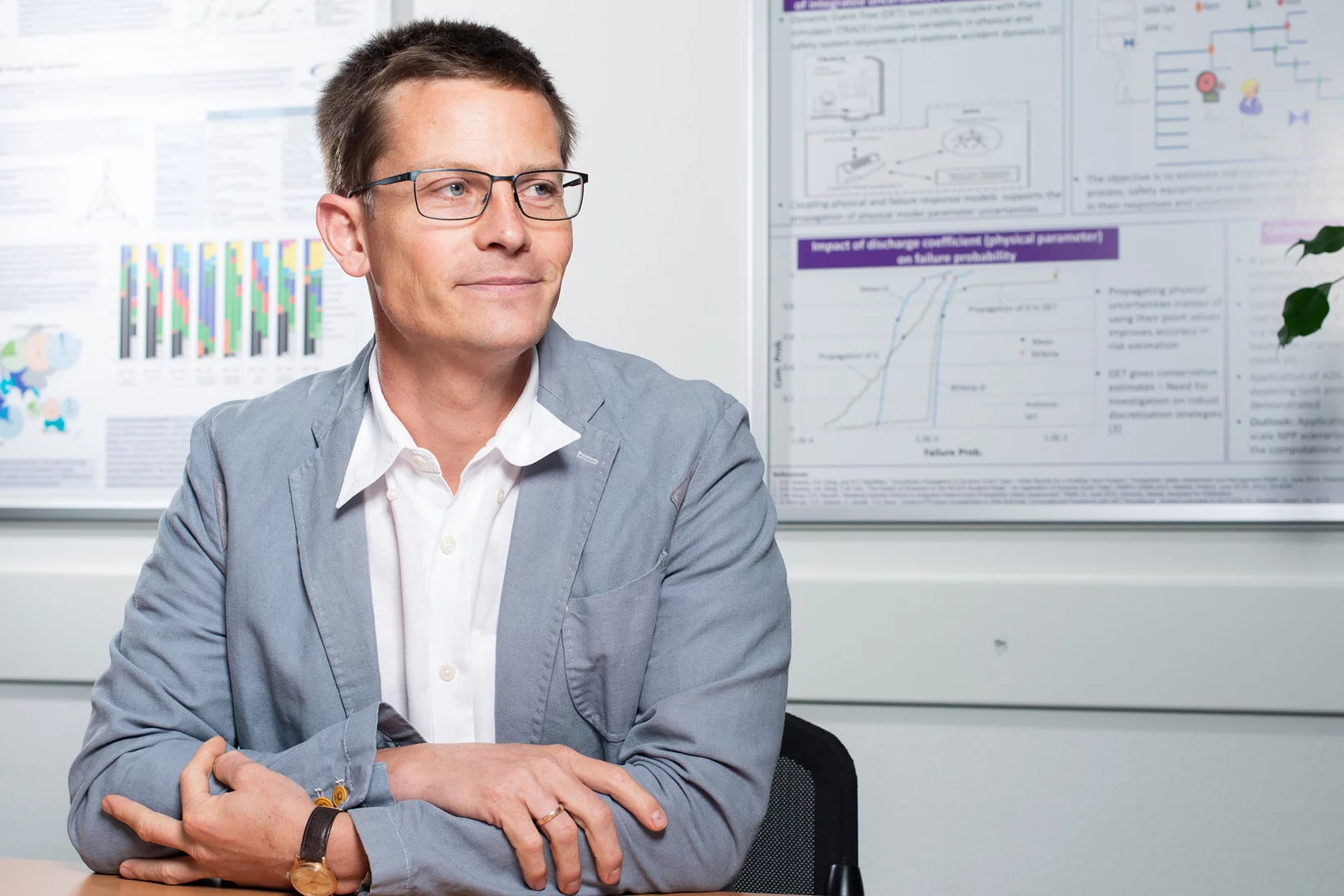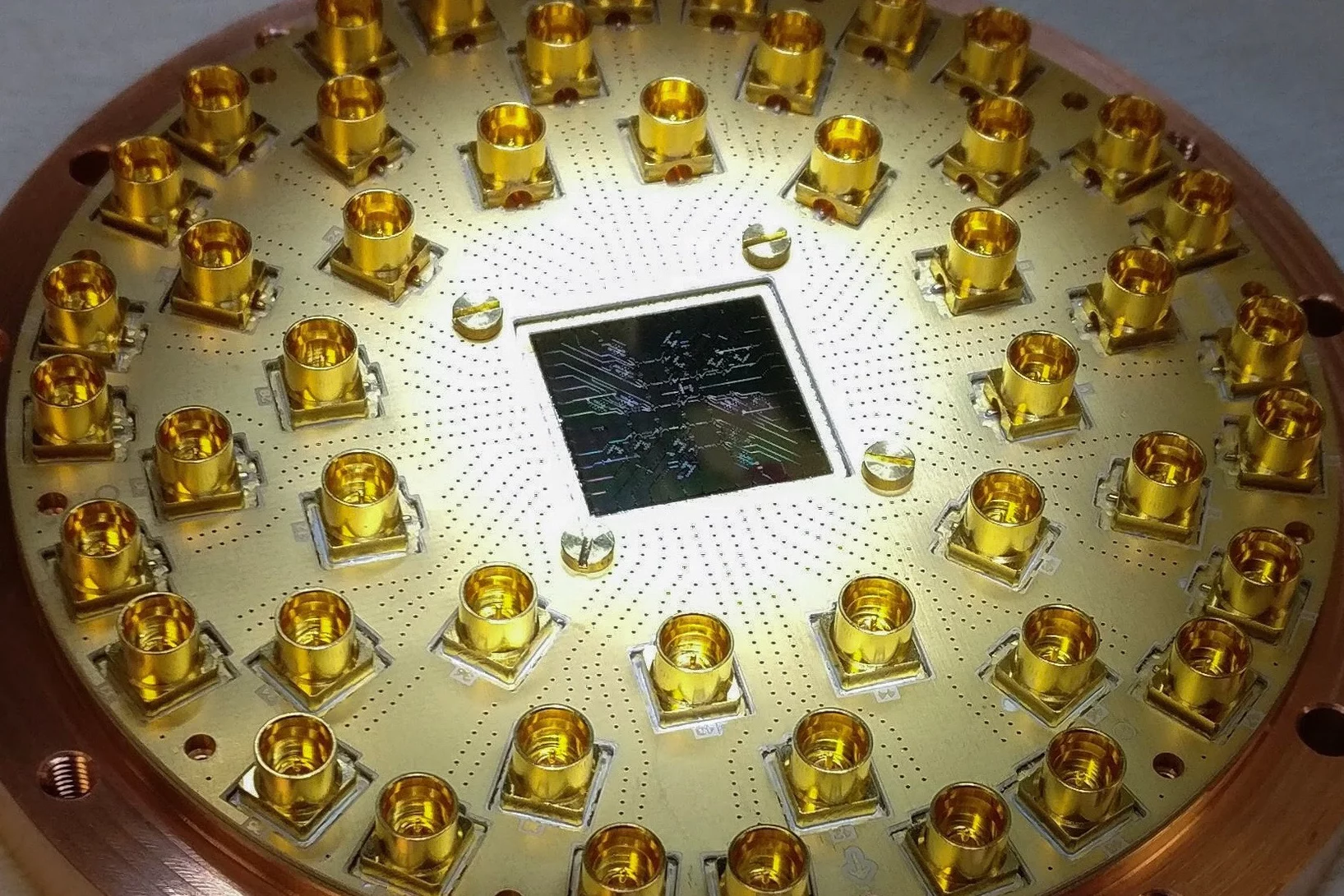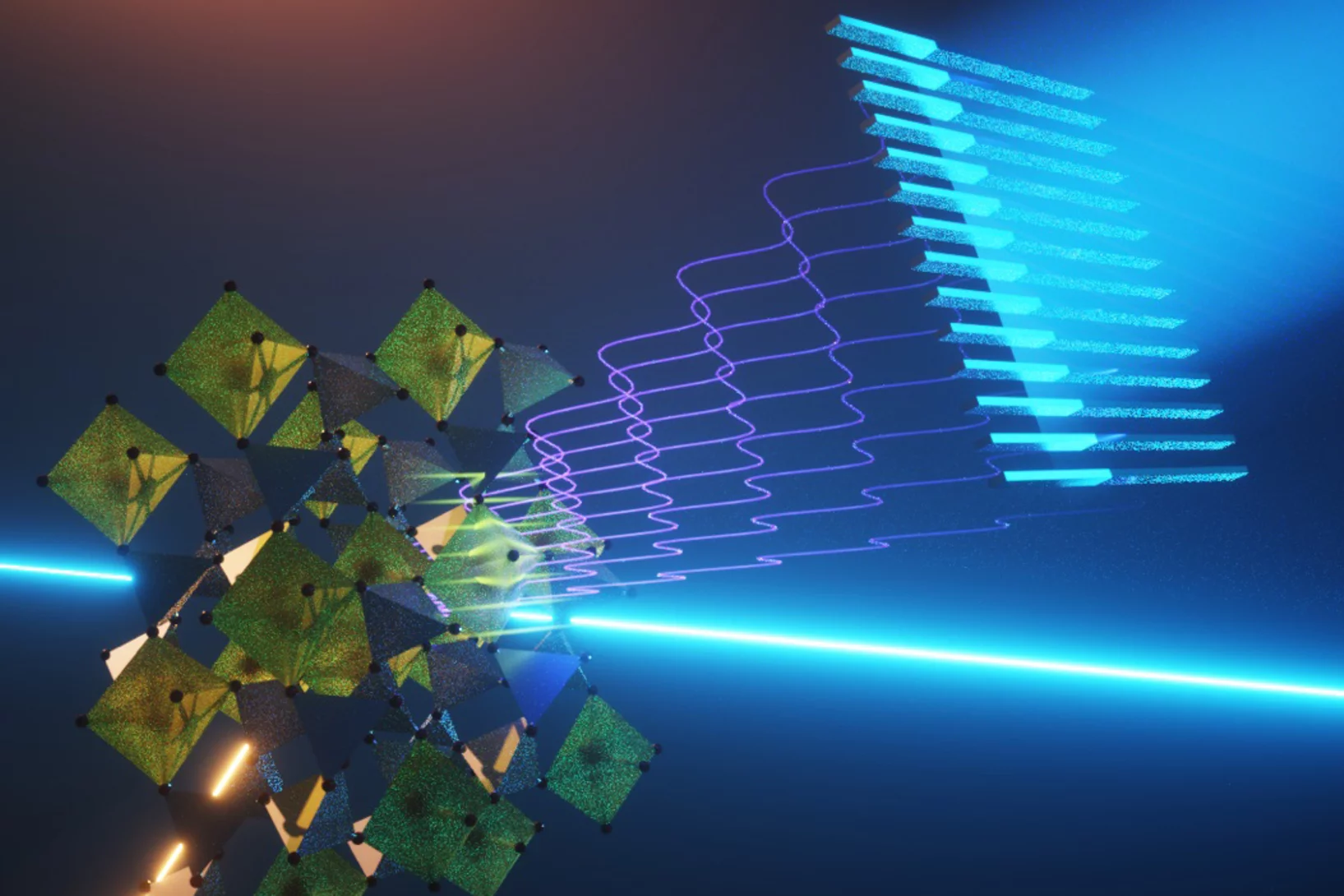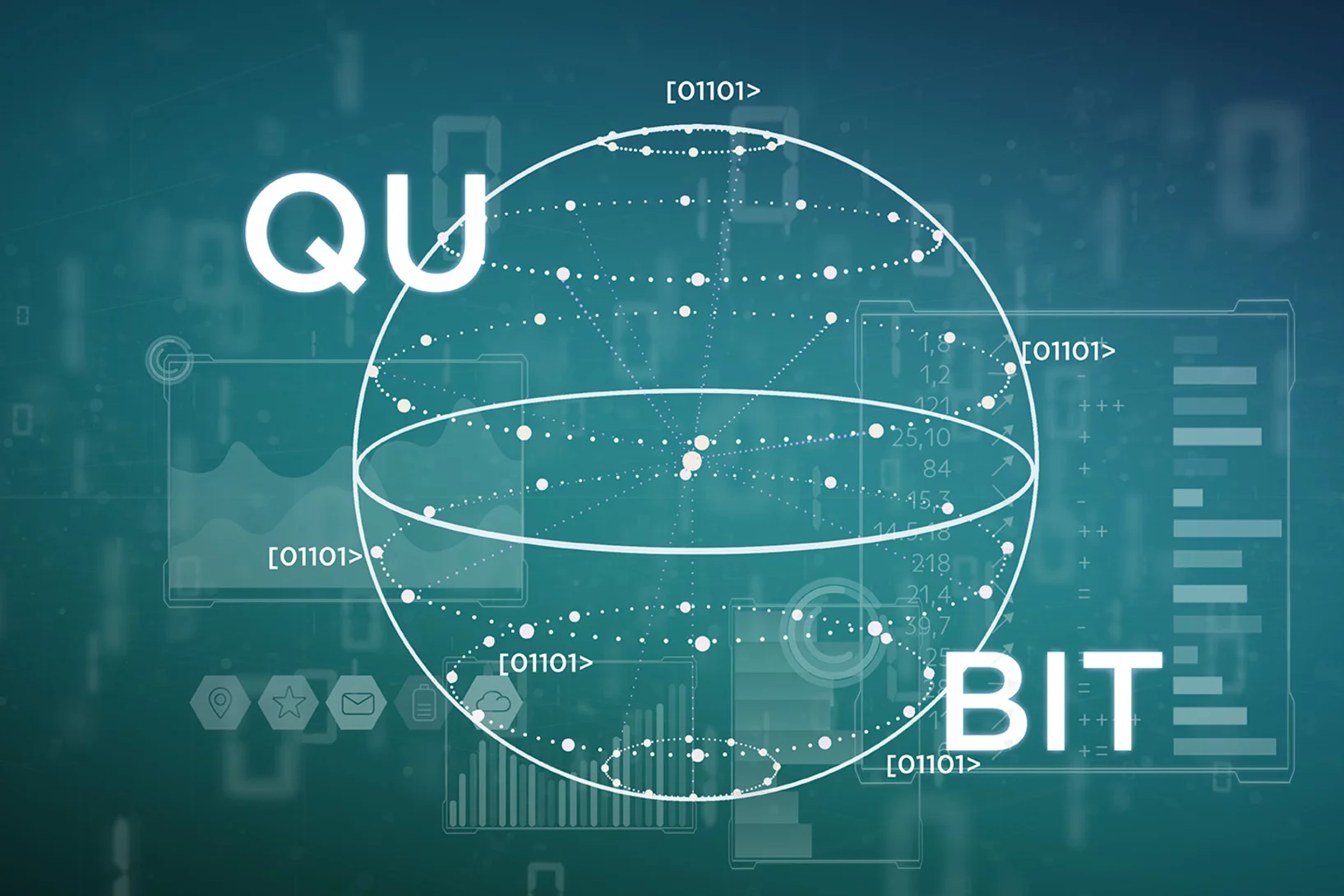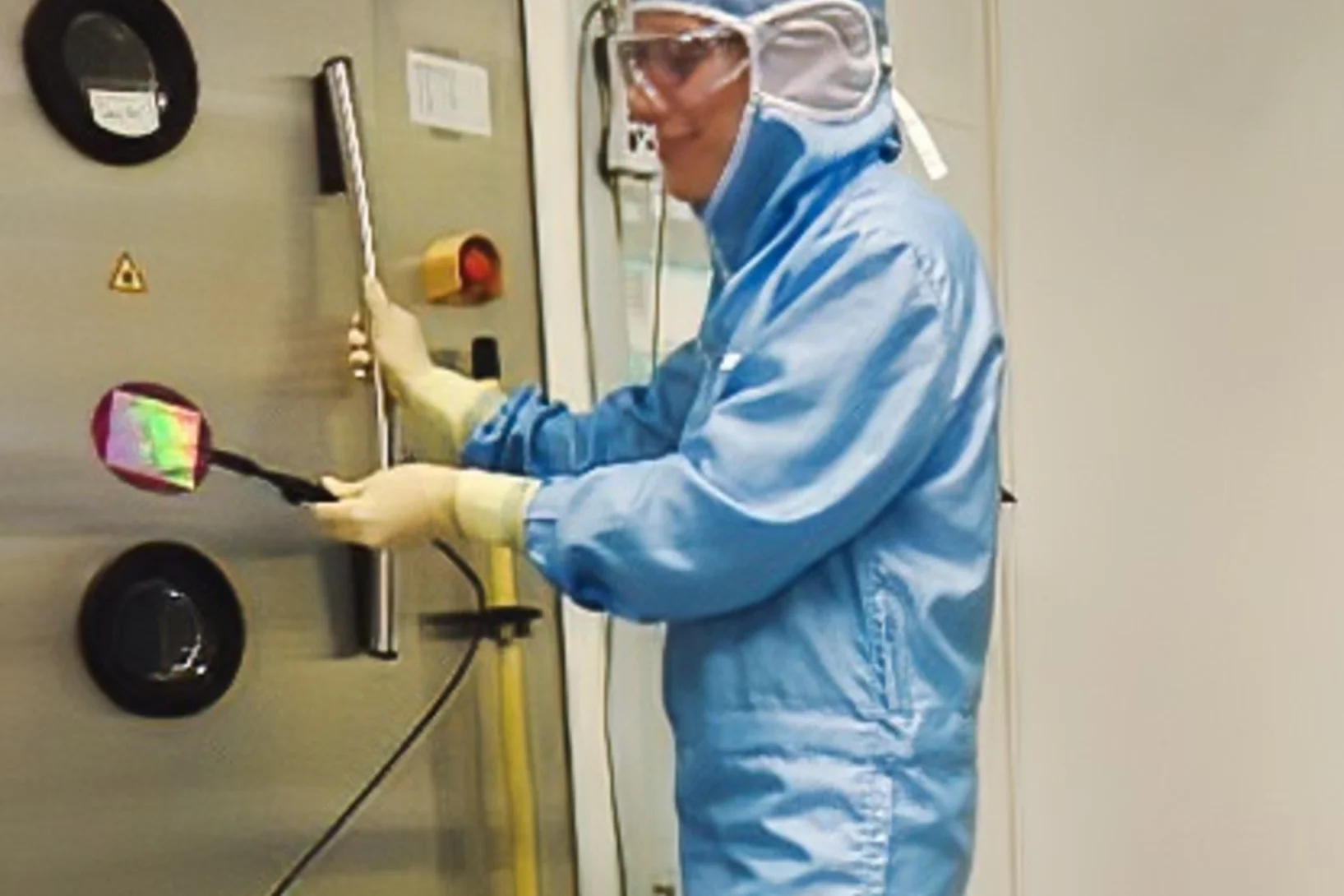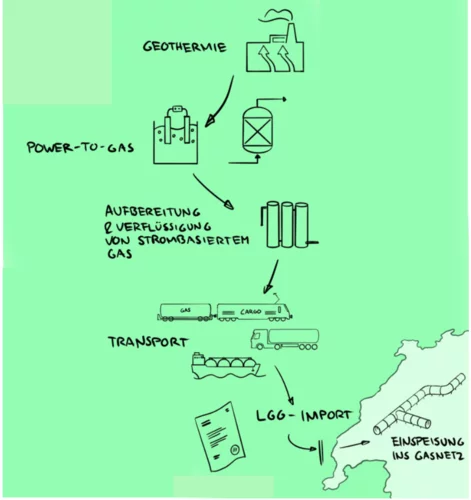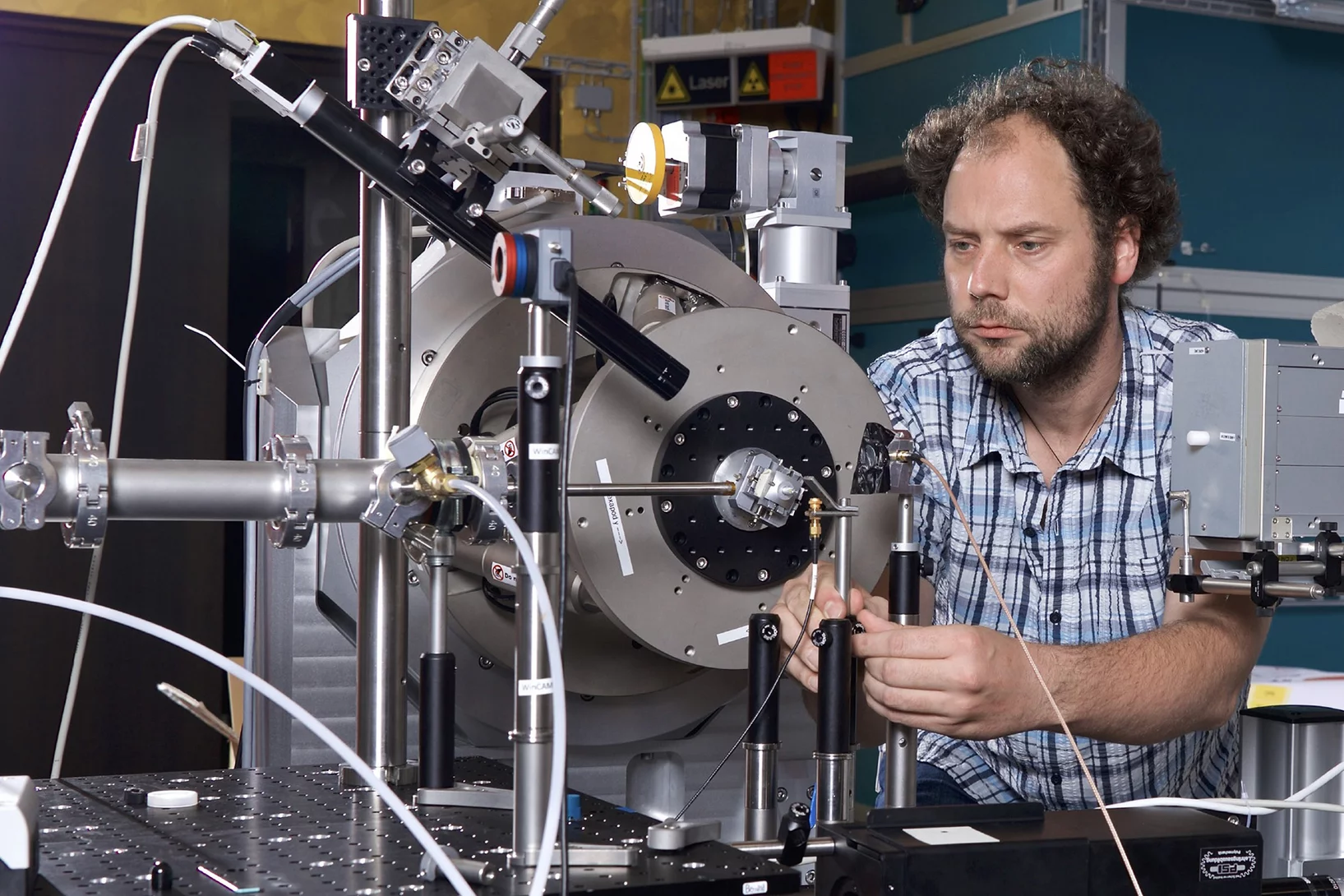Au PSI, plusieurs projets se consacrent à des questions de recherche importantes autour du coronavirus Sars-CoV-2 et des maladies qui en résultent. Nous vous informons sur les activités et les projets, par exemple sur les analyses de tissus pulmonaires, sur la production de protéines et d'anticorps ou sur les idées de nouvelles recherches sur le Covid-19.
Liens utils
Coordination-Driven Monolayer-to-Bilayer Transition in Two-Dimensional Metal–Organic Networks
Scientists at LMN and the University of Basel have discovered a nucleation and growth mechanism of metal-organic coordination networks in Langmuir Blodgett films floating on water.
New record photon pulse energies at SwissFEL
The very large number of coherent photons produced by free-electron lasers is one of the key qualities of such facilities, attracting users from numerous research fields including chemistry, biology and materials science. Recently, the two branches of PSI's free-electron laser SwissFEL each have reached new record pulse energies, packing more photons than ever before into ultrashort X-ray pulses delivered at rates of 100 Hz to the users of both beamlines.
Rendre l’approvisionnement énergétique en Suisse plus résilient
Le projet de recherche SURE démarre.
Chiral singlet superconductivity in the weakly correlated metal LaPt3P
Chiral superconductors are novel topological materials with finite angular momentum Cooper pairs circulating around a unique chiral axis, thereby spontaneously breaking time-reversal symmetry. They are rather scarce and usually feature triplet pairing: a canonical example is the chiral p-wave state realized in the A-phase of superfluid He3. Chiral triplet super- conductors are, however, topologically fragile with the corresponding gapless boundary modes only weakly protected against symmetry-preserving perturbations in contrast to their singlet counterparts. Using muon spin relaxation measurements ...
Die Informatiklernenden haben trotz aller Corona-Widrigkeiten ihre IPA erfolgreich abgeschlossen
Für die Lernenden am PSI waren die vergangenen Monate nicht leicht. Sie mussten während der Pandemie im Geschäft und auch in der Berufsschule weiterhin ihre Leistungen erbringen und auf einen erfolgreichen Lehrabschluss hinarbeiten. Die drei Informatik-Lernenden im vierten Lehrjahr haben diese Herausforderung bereits gemeistert und konnten in diesem Jahr Ihre Individuelle Pratktische Arbeit durchführen und abschliessen.
«L’objectif est un calculateur quantique expérimental dans le canton d’Argovie»
L’ETH Zurich et l’Institut Paul Scherrer PSI ouvrent conjointement le Quantum Computing Hub. Gabriel Aeppli et Christian Rüegg évoquent ce nouveau centre de recherche.
L’ETH Zurich et le PSI créent un «quantum computing hub»
L’ETH Zurich et l’Institut Paul Scherrer PSI ouvrent un centre commun pour le développement des ordinateurs quantiques. L’objectif est de promouvoir la réalisation d’ordinateurs quantiques aussi bien sur la base de pièges à ions que de composants supraconducteurs.
Spin-wave dynamics in a chiral artificial spin system
Artificial spin ices are periodic arrangements of interacting nanomagnets which allow investigating emergent phenomena in the presence of geometric frustration. Recently, it has been shown that artificial spin ices can be used as building blocks for creating functional materials, such as magnonic crystals. Scientists have now investigated the GHz dynamics in a spin ice with a chiral geometry. They found that the system possesses a rich spin-wave spectrum owing to the presence of anisotropic magnetostatic interactions. These results contribute to the understanding of GHz magnetization dynamics in spin ices and are relevant for the realization of reconfigurable magnonic crystals based on spin ices.
Pénurie de travailleurs qualifiés : nouvelles perspectives pour les jeunes chercheurs dans l'industrie
Les employeurs parlent d'une pénurie de travailleurs qualifiés, tandis que les jeunes chercheurs ne savent souvent pas trop où chercher leur prochain défi professionnel. Le renforcement du pont entre le monde universitaire et l'industrie au sein du PSI peut contribuer à ouvrir de nouvelles perspectives pour les deux parties.
Charge Condensation and Lattice Coupling Drives Stripe Formation in Nickelates
Revealing the predominant driving force behind symmetry breaking in correlated materials is sometimes a formidable task due to the intertwined nature of different degrees of freedom. This is the case for La2−xSrxNiO4+δ, in which coupled incommensurate charge and spin stripes form at low temperatures. Here, we use resonant x-ray photon correlation spectroscopy to study the temporal stability and domain memory of the charge and spin stripes in La2−xSrxNiO4+δ.
Un nouveau site pour les sciences des données
Un nouveau site du Swiss Data Science Center va voir le jour au PSI. Cette expansion devrait donner un nouvel élan à la science des données en Suisse.
New SSC Access rules
Due to the Corona pandemic starting 1. May 2021, new access rules to the SSC user facilites will apply. More details can be found at https://www.psi.ch/de/lmx-ssc/access-rules.
COVID-19: Test obligation for external PSI users
From May 1, 2021 on all external users of the PSI facilities SLS, SwissFEL, SINQ, SμS and CHRISP must present a certificate of a negative PCR test for SARS-CoV-2 (with the date of the result being not older than 72 hrs when arriving at PSI, NO self-testing). A full COVID-19 vaccination with the last dose received at least two weeks earlier than your arrival date at PSI as well as a full recovery from COVID-19 do replace a negative PCR test.
Frustration-driven magnetic fluctuations as the origin of the low-temperature skyrmion phase in Co7Zn7Mn6
Magnetic skyrmions in chiral cubic helimagnets, are stabilized by thermal fluctuations over a narrow region directly below the magnetic ordering temperature. Due to often being touted for use in applications, there is high demand to identify new mechanism that can expand the equilibrium skyrmion phases where these topological vortices may display an enhanced robustness against external perturbations, such as magnetic fields, due to a larger magnetic order parameter.
Impact of micro-porous layers (MPL) on two-phase flow in electrolyzers
Polymer Electrolyte Water Electrolyzers (PEWE), due to their excellent dynamic characteristics, can provide an economical solution to the intermittent nature of new renewable sources, by converting the excess electricity into hydrogen. However, improvements in efficiency and in capital cost are still required for the large-scale deployment of this solution. In this context, we studied whether the efficiency improvements observed when using porous structures featuring a micro-porous layer (MPL) can be attributed to a better distribution of the water.
Une vision par rayons X d’une netteté unique
Un nouveau procédé du PSI permet une étude de physique quantique des matériaux au moyen de lasers à rayons X.
Christian Bauer interviewed on Electric Cars at the program Treffpunkt by SRF
SRF interviewed Christian Bauer, a scientist at PSI's Laboratory for Energy Systems Analysis who specialises in life cycle and sustainability analyses, on Electric Cars
A time-domain phase diagram of metastable quantum states
Our collaborators at the Jozef Stefan Institute – the leading author, Jan Ravnik, is now a PSI Fellow at LMN – report a ‘dynamical’ phase diagram of metastable quantum states generated via photoexcitation of the prototypical dichalcogenide material 1T-TaS2.
Probing the superconducting gap structure in the noncentrosymmetric topological superconductor ZrRuAs
The superconducting gap structure of the topological superconductor candidate ZrRuAs with a noncen- trosymmetric crystal structure has been investigated using muon-spin rotation/relaxation (μSR) measurements in transverse-field (TF) and zero-field (ZF) geometries. Magnetization, electrical resistivity, and heat capacity measurements reveal bulk superconductivity below a superconducting transition temperature Tc = 7.9(1) K.
Hindering the magnetic dead layer in manganites
The authors demonstrate the stability of ferromagnetic order of one unit cell thick optimally doped manganite (La0.7Ba0.3MnO3, LBMO) epitaxially grown between two layers of SrRuO3 (SRO). LBMO shows ferromagnetism even above SRO Tc. Density Functional Theory calculations help understand the reasons behind this interesting result.
New group member
Cornelius Hempel officially joins LMN as group leader "Ion Traps". We wish him every success for the future!
L’eau et les aimants quantiques partagent la physique du point critique
À haute pression, l'eau liquide et la vapeur d'eau fusionnent - la frontière de phase disparaît. Les chercheurs ont maintenant découvert un comportement similaire dans un aimant quantique.
A quantum magnetic analogue to the critical point of water
At the liquid–gas phase transition in water, the density has a discontinuity at atmospheric pressure; however, the line of these first-order transitions defined by increasing the applied pressure terminates at the critical point, a concept ubiquitous in statistical thermodynamics. In correlated quantum materials, it was predicted and then confirmed experimentally that a critical point terminates the line of Mott metal–insulator transitions, which are also first-order with a discontinuous charge carrier density. In quantum spin systems, continuous quantum phase transitions have been controlled by pressure, applied magnetic field and disorder, but discontinuous quantum phase transitions have received less attention.
Women in Engineering Materials highlights Dr. Lucia Romano's work
The paper "High aspect ratio grating microfabrication by Pt assisted chemical etching and Au electroplating” by Dr. Lucia Romano & coauthors has been highlighted in the "Women in Engineering Materials" Virtual Issue published on Advanced Engineering Materials. This Virtual Issue draws attention to outstanding works within Materials Science created under the lead of women as principal investigators.
Congratulations to Lucia and the x-ray optics design and fabrication team!
Spin-singlet to triplet Cooper pair converter interface
Combining magnetic and superconducting functionalities enables lower energy spin transfer and magnetic switching in quantum computing and information storage, owing to the dissipationless nature of quasi-particle mediated supercurrents. Here, we put forward a system where emergent spin-ordering and diffusion of Cooper pairs are achieved at a non-intrinsically magnetic nor superconducting metallo-molecular interface.
Correlation between Oxygen Vacancies and Oxygen Evolution Reaction Activity for a Model Electrode: PrBaCo2O5+δ
The role of the perovskite lattice oxygen in the oxygen evolution reaction (OER) is systematically studied in the PrBaCo2O5+δ family. The reduced number of physical/chemical variables combined with in-depth characterizations such as neutron dif-fraction, O K-edge X-ray absorption spectroscopy (XAS), electron energy loss spectroscopy (EELS), magnetization and scanning transmission electron microscopy (STEM) studies, helps investigating the complex correlation between OER activity and a single perovskite property, such as the oxygen content. Larger amount of oxygen vacancies appears to facilitate the OER, possibly contributing to the mechanism involving the oxidation of lattice oxygen, i.e., the lattice oxygen evolution reaction (LOER). Furthermore, not only the number of vacancies but also their local arrangement in the perovskite lattice influences the OER activity, with a clear drop for the more stable, ordered stoichiometry.
“TATTOOS” - produits radiopharmaceutiques innovants pour le theragnostic
Online Symposium sur la mise à disposition de produits radiopharmaceutiques diagnostiques et thérapeutiques innovants pour un changement de paradigme dans le traitement du cancer
L'approche consistant à utiliser des radioisotopes d'un même élément pour le theragnostic a été étudiée avec succès dans des études précliniques antérieures. Le projet d'infrastructure Tattoos de PSI permettra la production et l'étude ultérieure de quatre radionucléides "frères" du terbium intéressants pour toutes les approches de la médecine nucléaire diagnostique et thérapeutique. Le mini-symposium virtuel organisé par les spécialistes de PSI donnera aux participants intéressés l'occasion d'entendre et de questionner des experts dans ce domaine émergent de la médecine personnalisée.
Vous pouvez trouver plus d'informations sur le programme et l'inscription ici :
https://www.psi.ch/de/zrw/tattoos-mini-symposium
Final Report of the IMPEGA project
The final report of the IMPEGA project has been released!
Aussi compact et performant qu’un couteau suisse
Le laser à rayons X à électrons libres SwissFEL est aussi compact, puissant et polyvalent que prévu.
LMN PhD-student Thomas Mortelmans wins best talk award
Every year, during the winter months, PhD students of the Swiss Nanoscience Institute take part in the SNI: Nano in the snow PhD school. Currently, as COVID-19 is still omnipresent in our everyday it happened virtually this year and Thomas Mortelmans took part. He said: “It was an exciting day filled with excellent scientific content from a variety of research fields; ranging from quantum physics, to protein engineering and drug delivery. During these events, the interdisciplinary of SNI is nicely highlighted and the benefit of joined research projects across scientific disciplines can be seen.”
Thomas gave an interdisciplinary introduction to the field of microfluidics and was awarded with the prize of best talk.



